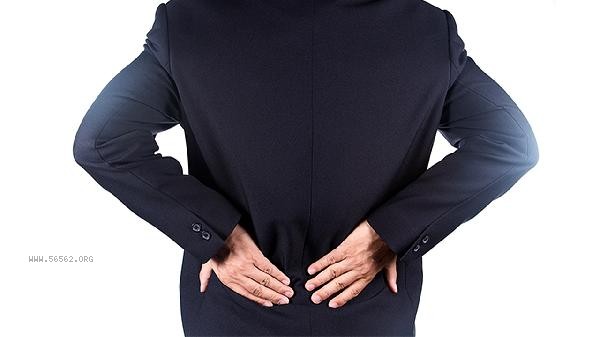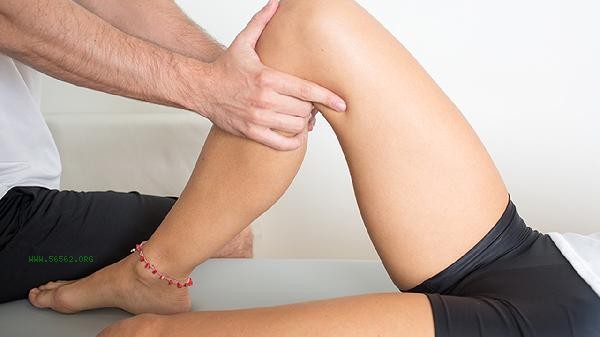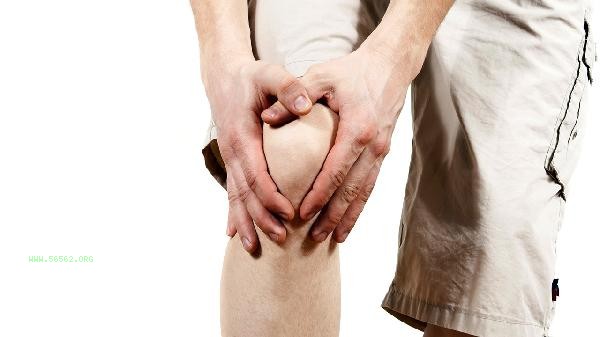Reducing back fat can be achieved through exercises such as rowing, pulling up, swimming, plank support, yoga, etc. These exercises can specifically strengthen the back muscle group and promote fat metabolism.

1. Bending down for rowing
Bending down for rowing mainly exercises the latissimus dorsi and trapezius muscles. The key to the action is to slightly bend both legs, tilt the upper body forward at a 45 degree angle, and hold dumbbells or elastic bands with both hands to pull towards the abdomen. This movement can effectively improve back relaxation. Practice 3-4 times a week, 3 groups per time, 12-15 times per group. Pay attention to maintaining a neutral position of the spine and avoid arching the back to exert force.
2. Pull up
Pull up is a classic upper limb compound training that significantly stimulates the rhombus and biceps muscles. Beginners can use elastic bands to assist, hold the horizontal bar wide with both hands, and use back strength to pull the body up to the chin to cross the bar. Suggest 2-3 times a week, with each group reaching exhaustion. Long term persistence can shape the inverted triangle back line.
3. Swimming
Freestyle and butterfly have outstanding effects on reducing back fat. Water exercise can reduce joint burden and activate the dorsal muscles through arm movements. Swimming continuously for more than 30 minutes each time can achieve fat burning effect. It is recommended to swim 3-5 times a week. Pay attention to replenishing electrolytes promptly after swimming to avoid muscle spasms.

4. Flat Support
Flat support exercises the core muscle group and deep back muscles through static contraction. The standard action is to support the ground with your elbows, keep your body in a straight line, and tighten your abdomen and hips for at least 30 seconds. Daily practice can enhance back stability and reduce fat accumulation. Advanced practitioners can try using side plank support to enhance trapezius muscle training. Yoga poses such as cobra and bow can stretch the back fascia. Maintain each posture for 15-30 seconds, and combining with abdominal breathing can improve posture. It is recommended to practice 3 times a week, combined with flow yoga sequences for better results. During practice, it is important to avoid excessive backward bending that can cause pressure on the lumbar spine. In addition to regular exercise, it is necessary to follow a low-fat and high protein diet, and consume moderate amounts of chicken breast meat, broccoli, and other foods daily. Avoid sitting for long periods of time and get up every hour to move your shoulders and back. Perform dynamic stretching before and after exercise, and seek guidance from a professional coach to standardize the movements in the early stages. If there is persistent back pain, training should be paused and medical examination should be sought.









Comments (0)
Leave a Comment
No comments yet
Be the first to share your thoughts!